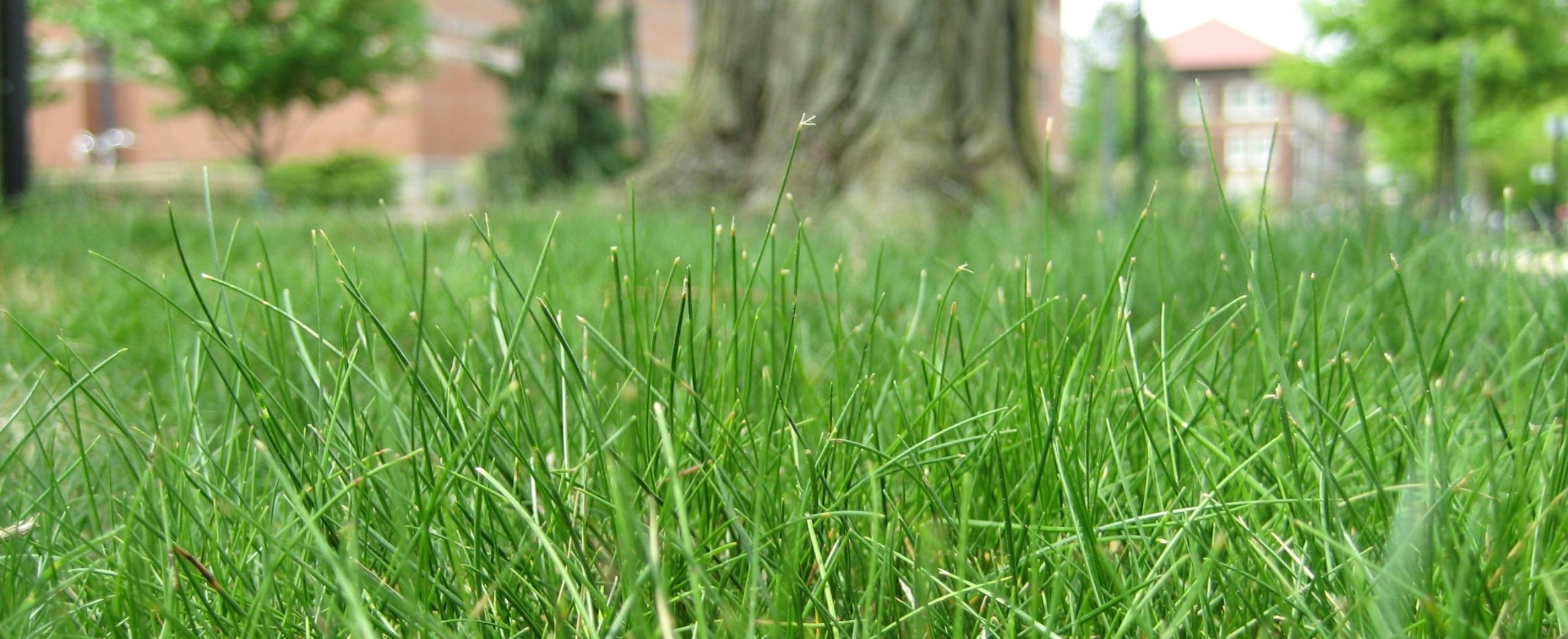Welcome to the first Home Lawn Care Newsletter from UMN Turfgrass Science! We will provide monthly updates to address all your lawn care tasks at the times when you need to know.
May 19, 2022: Issue 1
What should you be doing to your lawn right now?
Repair damaged areas
If you had grass die during the drought in 2021, you may want to consider using a species that is more drought tolerant.
Apply spring fertilizer
Late May into early June is a good time to apply nitrogen fertilizer to your lawn; however, this spring application may not be necessary for low-input turf species.
When and how much to fertilize
Control weeds
The time for a pre-emergent crabgrass herbicide application has passed. If you do have young crabgrass seedlings, there are herbicide options available; however, it may be best to raise your mowing height to let the turfgrass outcompete the germinating crabgrass seedlings.
Crabgrass (by Aaron Patton, Purdue University)
Assess grub damage
If your lawn has been getting dug up by unknown creatures, you likely have high populations of grubs. Treating for grubs will be more effective in the late summer or fall.
Trending topics
No Mow May
We've been getting a lot of questions about No Mow May. Read more about how this can benefit pollinators and how it might affect your lawn.
No Mow May (from UMN Bee Lab)
What’s The Purpose Of The ‘No Mow May’ Movement? (from WCCO)
"No Mow May" is crucial to help bees and pollinators in early spring (from WCCO)
Events
The UMN Turfgrass Science team will be at Trista Day in the City of Minnetrista on Saturday, May 21, 2022 from 11am to 2pm. We will be there to answer questions on smart irrigation and lawn care as part of our collaboration with the Metropolitan Council.
Research Highlights
The UMN Turfgrass Science research program is investigating how lawn grasses can better survive the winter. In this month’s research focus, read about work led by Dr. Florence Sessoms on the effects of “false spring”.
False spring, the understudied effect of climate change - Part 1
False spring, the understudied effect of climate change - Part 2
